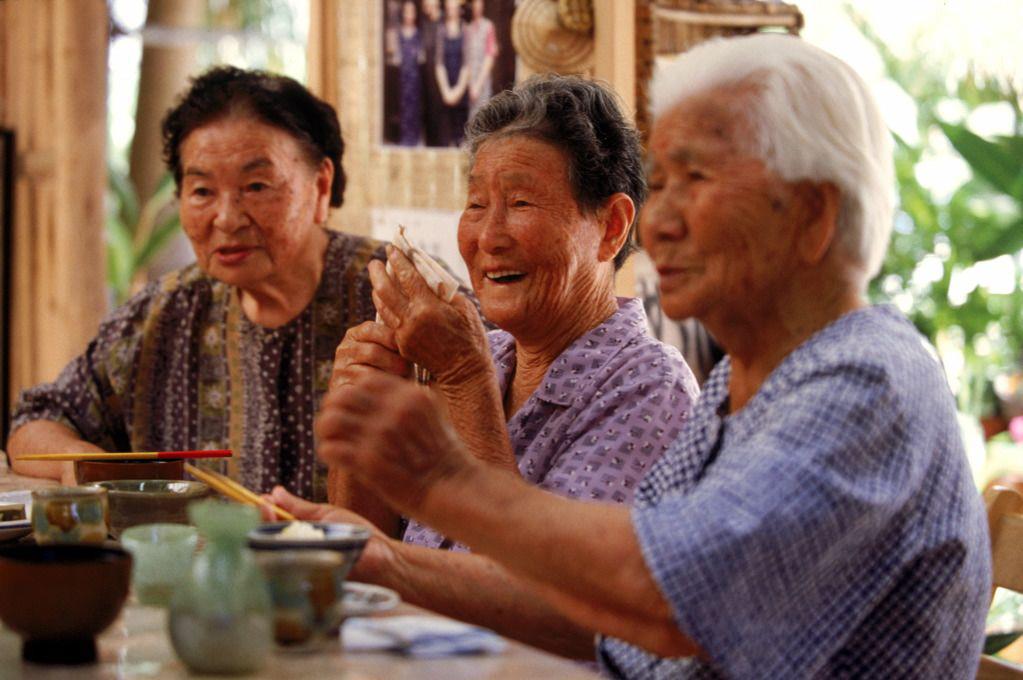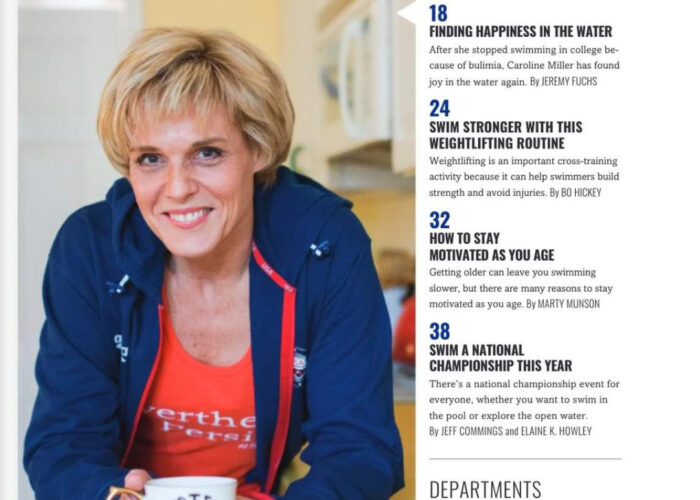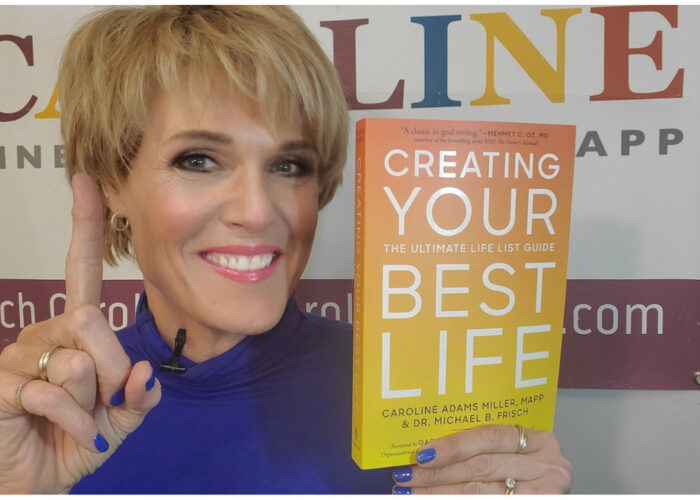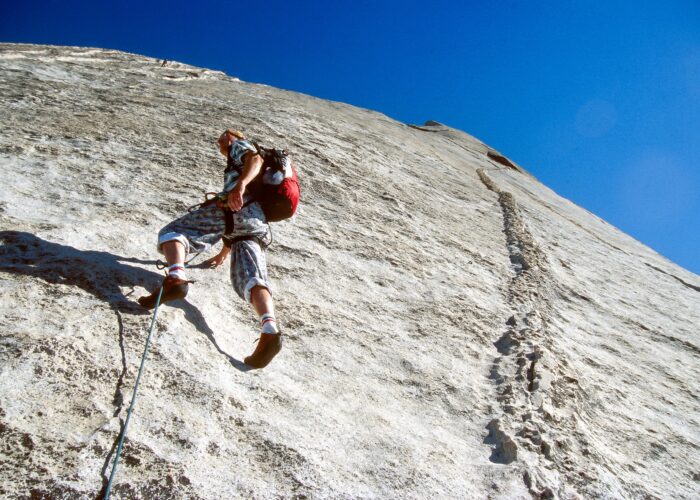November 10, 2012
For the last few weeks I’ve been traveling, learning and planning some new initiatives, but
I want to share what I learned at the annual MAPP (Master’s in Applied Positive Psychology) summit at the University of Pennsylvania because it provided me with such rich content to contemplate.
I have been going to the MAPP summit every year since I graduated from the program in 2006 because I work in a fast-moving field where new findings impact what I do on a regular basis. I am fortunate to reconnect with my mentors and classmates when I am there, as well as sit at the feet of and learn from people whose work I included in “Creating Your Best Life.” Previous summits have included talks from John and Julie Gottman on their work with couples, John Cacioppo’s research on change, and Major Rhonda Cornum’s work with the Comprehensive Soldier Fitness Program.
Several weeks ago, I was privileged to sit, riveted, as Dan Buettner, author of “Blue Zones” and “Thrive,” shared some of the what he has learned in his far-flung travels to study people who live longer than everyone else, and who do it with gusto and well-being. Just after the summit, an excerpt from Buettner’s book appeared in the New York Times, where it was one of the most emailed stories of the week. Here are four of my favorite takeaways from my time with Buettner:
1. In Okinawa, Japan, Buettner found a community that has the longest life expectancy in the world – 78 years for men and 86 years for women. They also enjoy more healthy years in old age than others, and have a fraction of the diseases that fell Americans, including breast and prostate cancer, cardiovascular disease and dementia. One factor that really stood out for Buettner as part of what contributes to longevity and health is the existence of “moai,” which are created at a young age. At that time, every child of a similar age goes through a solemn ritual in the center of town where they are instructed on the importance of always having other members’ backs, looking out for each other, and being there in times of need. This social support network that is expected to last throughout your life, provides friendship, care and a safety net that is supposed to catch you when you fall.
Well past the age of 100, Buettner found women in a moai who had been meeting nightly for tea, sake and gossiping for most of their adult lives. Moai are an essential factor in promoting a flourishing life, as they include many of the ingredients of happiness such as purpose, meaning and nurturing relationships. We could all use a moai, but it’s up to us to create and nurture them, which might be through reciprocity circles, faith-based organizations, or a book club. Others have regular gatherings with college friends, but regardless of how they are formed, they will involve commitment and energy to maintain.
2. “Blue Zone” residents wake up every day knowing that there is a purpose to their lives. In Japan, the word is “ikigai,” meaning “the reason I wake up in the morning.” In every culture he studied, Buettner found that the longest-lived felt that they contributed in meaningful ways to their community, and that they had responsibilities to fulfill every day to others, including family members and friends. Some people found purpose in volunteering or working long past the traditional retirement age of 65 (there is no word for retirement in Japanese) in a chosen profession, including medicine or being a shepherd. An NIH-funded study corroborated this observation, noting that an 11-year study of individuals between 65 and 92 found that those who woke up with a clear goal that made a difference in life lived longer and maintained their cognitive abilities than those who didn’t have one. We all need a purpose in life – something to wake up for – and if you are not clear on this, ask yourself a few questions. “What am I passionate about?” “Who needs me?” “What do I contribute to the world?”
3. In “Blue Zones,” there is daily stress reduction as part of the social fabric. Loma Linda, California is a community of Seventh-Day Adventists where there is a “Saturday Sabbath.” From sundown on Friday to sunset Saturday, Adventists focus on spending time reflecting on God, their faith, their families and nature. Research shows that this type of “slowing down” reduces chronic inflammation, which is thought to hasten the process of aging and disease. Other communities have moments of savoring every day, where work stops and people pause to nap, visit with neighbors, or just putter around. One of the best ways known to reduce stress, and that would mimic the downshifting of “Blue Zones” is the practice of meditation, which is a hot topic in the field of Positive Psychology because of its multiple benefits.
4. People in “Blue Zones” don’t train for Ironman triathlons or belong to gyms. But they do move all the time in “natural” ways. They walk or bike everywhere, limit their dependence on technology, and rarely sit for long periods of time. They are in motion, expecting their bodies to serve them for decades, so they don’t just “move naturally,” they take care of their bodies by eating well, too. “Blue Zones” feature little meat, and rely heavily on beans, legumes, vegetables, fruit and fresh herbs for most meals. In Okinawa, there is even a customary pause taken before every meal, where participants say a prayer of “hara hachi bu,” which translates to “eat until you are 80 percent full.” The idea of moderation, and pushing your chair back from the table before you are completely sated, is a technique we can always borrow for ourselves.
To learn more about “Blue Zones” and find out about your own “Vitality Compass,” visit www.bluezones.com. There are questionnaires, suggestions and more information to help you learn how to turn your own life into a “Blue Zone.”





Positive Aging rings true with Chris Peterson’s mantra, “Other People Matter.” I felt a zen-like quality while reading this article thinking how grand it would be to live in a culture where I TOOK THE TIME to commune. I smiled as I read, and found myself asking myself how I could morph more time in the pursuit of engaging with others. Tea every night? Wow, I can’t imagine. I see the snail pace of these Japanese lives as chocked full of wisdom and health as opposed to our self-imposes (sometimes, anyway) rat race. Our culture in the USA is helter skelter with what to do next. I am guilty as charged, But I feel blessed that technology makes it possible for my wonderful friends with whom to connect, And we do have each others’ back, too.
Excuse me while I PAUSE…to savor this wisdom.
Great article.
Thank you for your thoughts, Judy. I was really struck by the idea of tea and mandatory cultural friendships, which creates a safety net, particularly as we get older. I think it’s a brilliant approach with terrific outcomes, obviously.
[…] a longer, healthier life? . For another positive psychology viewpoint on Dan Buettner, please visit Caroline Miller’s fabulous blog. . Dan Buettner’s TED talk is below – I hope you enjoy it and that it inspires you to […]